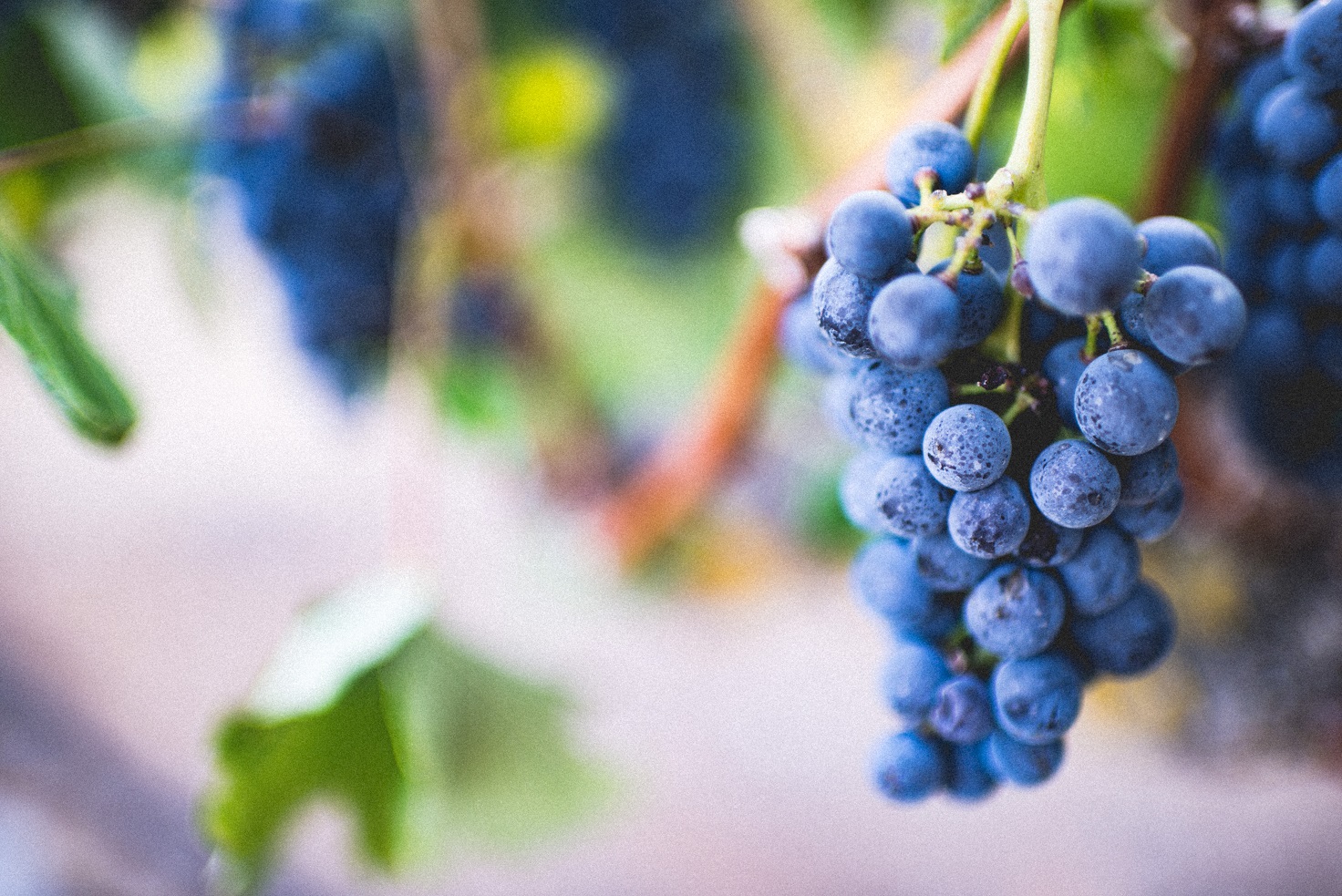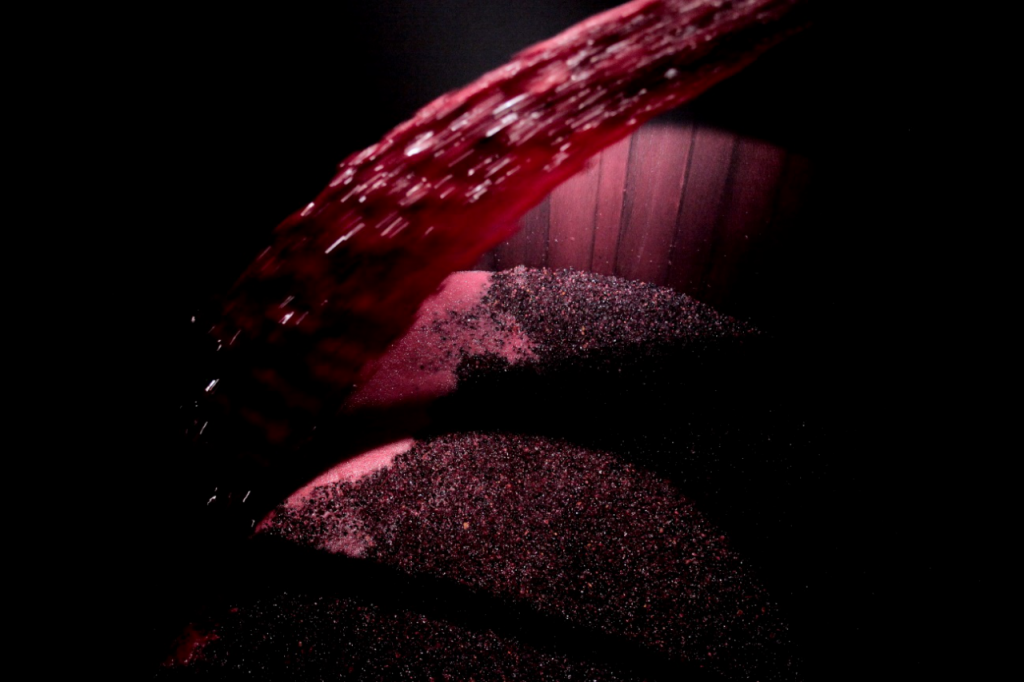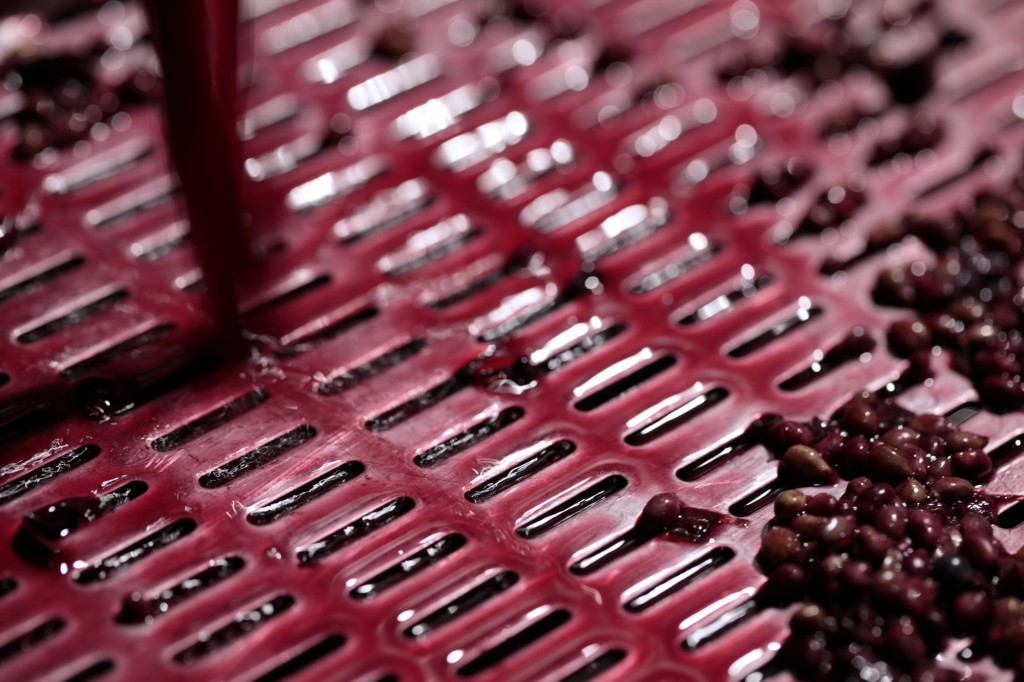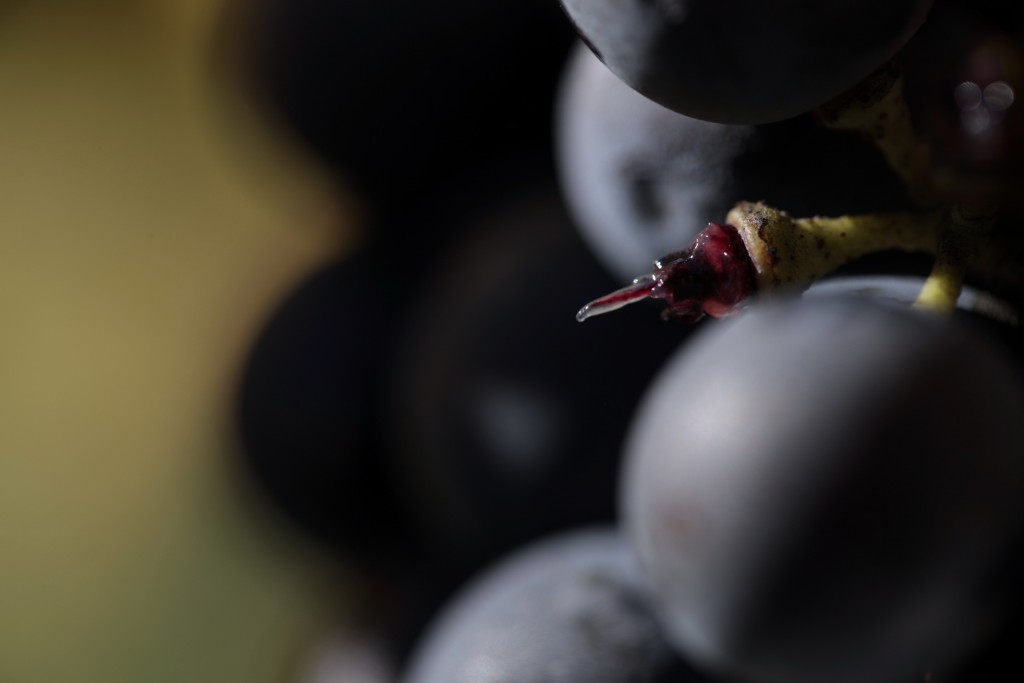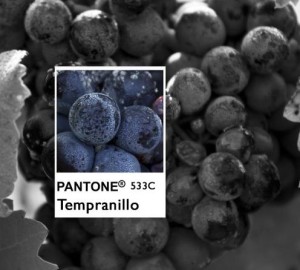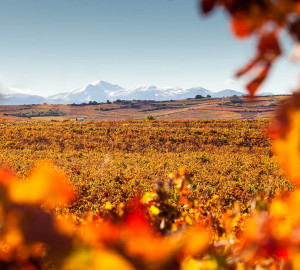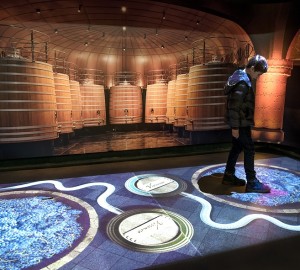As we already know, the personality and characteristics of a wine will depend to a large extent on the good work of the winemakers and wineries during the growing, harvesting and winemaking processes.. But no less influential are other factors beyond human control that give wine the magic of the unpredictable and the natural.
The influence of the terroir, sunlight, wind, rainfall and temperature will directly define the quality and characteristics of the grapes used to produce the wine. And to understand a little better the importance of this whole process, today we are going to pause to learn about the parts of which a grape is made up. Thus, we will discover the functions of each of them and how the components they contain can influence the colour, aromas and flavour of the final product that will be made from the grapes: the wine.
What are the main parts of a grape?
During the cultivation of the vine, the grapes undergo various processes, two of which are particularly importantgrowth and ripening. During the growth phase, the grapes have a very different composition to that required for wine production. In this process, the concentration of acids is very high and the main function of the grape is to accumulate water and nutrients, and to synthesise vitamins that allow it to grow.
During this period we have very green grapes with a high chlorophyll content. After this growth phase, veraison will come, when the grapes will begin to synthesise certain pigments and change colour until they acquire the tones that are characteristic of each vine. And finally, with ripening, the composition of the grapes will change and the sugar content will predominate over the concentration of acids. The main parts of the grape that allow these transformations to take place are the following:
The skins
The skin of the grape is the skin of the grape, which encapsulates all the nutrients forming the berry and representing 20% of the mass of the fruit. Its importance in influencing the colour and aromas of the wine is fundamental. The most obvious function of the skin is protective, as it allows all the changes that must take place inside the grape to develop in a stable environment. But also, the skin provides the pigments that will later colour the wine..
On the other hand, this grape skin also contains other components such as anthocyanins, which are responsible for a large part of the beneficial effects of moderate wine consumption on health, and tannins, which give wine a certain astringent character.
Along the entire outer surface of the skin we find the pruina, a kind of waxy film that has an important function: to collect and accumulate the yeasts present in the external environment and that will allow the subsequent fermentation of the grapes.
The pulp
The pulp makes up three quarters of the weight of the grape. Its main function is to accumulate the must, so most of its composition is water. In this must, we will find dissolved some elements that will define the taste of a wine, mainly sugars, such as glucose and fructose, and other nutrients such as vitamins and certain acids. The concentration of these elements will be determined by the climate and the degree of rainfall to which the vineyards have been exposed, with moderate rainfall being optimal, allowing the grapes to reach a good size and absorb nutrients without being excessively diluted.
Glucose and fructose will play an important role in shaping the personality of any wine.Fructose: the first of these two sugars will provide the nourishment for the yeast to carry out its metabolic processes. yeasts to enable them to carry out their metabolic processes during fermentation. fermentationThe fructose, on the other hand, will add flavour and sweetness to the final product. Fructose, on the other hand, will bring flavour and sweetness to the final product.
Among the acids found in grape pulp we can distinguish three types: tartaric, malic and citric. The latter comes directly from the roots of the vine, while the other two are synthesised inside the berry itself. These acids give character to the wine, but also help its natural preservation, as a low PH (acid) prevents the development of certain microorganisms that could spoil the wine. Other components present inside the grape also contribute to this task, although to a much lesser extent, such as elements like calcium or potassium.
The nuggets
Pips are the seeds of grapes and we can find two, three or even four of them inside a grape, representing 5 % of its total mass. These seeds also contribute tannins to the final composition of the wine. But they are also fundamental to determine when to start harvesting the grapesIf the grapes are harvested before the seeds are ripe, the character of the wine could be excessively bitter and astringent.
The scratch
The stalks are the twigs that hold the bunches of grapes together and allow the passage of nutrients from the vine.. In some winemaking processes, the stalks and sometimes even some leaves are incorporated into the fermentation process, which will give the wine particularly herbaceous characteristics, due to the high concentration of tannins.
The pedicel
The pedicel is the part that joins and communicates the grape berry with the stalk. Its function is twofold: on the one hand it provides structural support to the grape; and on the other, allowing the flow of nutrients from the vine to the grapes.. The presence of the pedicel during fermentation will also provide a certain character to the wine in the form of tannins.
Now we know a little better what happens inside a small grape, and the great importance that these processes will have in defining the characteristics of a wine. Something that will also depend on the variety or varieties of vines that are selected for the elaboration and that will determine what is known as the varietal character of the wine.






